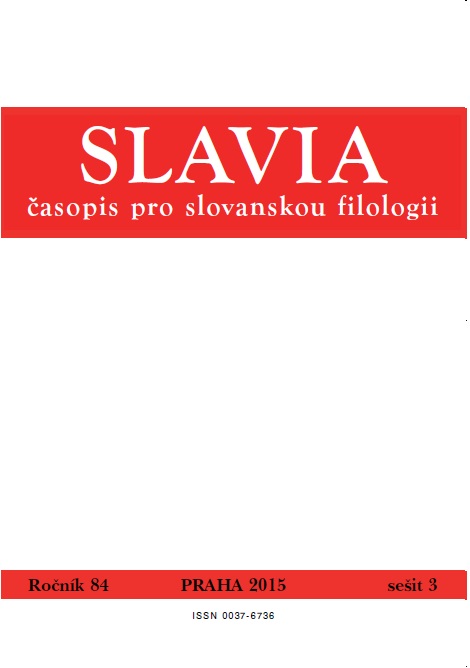Экспектативные секвентные конструкции в славянских языках
Expectative Sequentional Constructions in Slavic Languages
Author(s): Ljudmila PopovićSubject(s): Theoretical Linguistics
Published by: AV ČR - Akademie věd České republiky - Slovanský ústav and Euroslavica
Keywords: Serbian; Potential I; conjunction da; Slavic languages; expectative sequentional construction
Summary/Abstract: This article discusses the temporal meaning of the Potential I in the present-day Serbian language, which is used to describe single non-recurring past situations in the specific type of taxis constructions. The analysis of this type of structures in Serbian, compared to the other Slavic languages, has shown that the Potential I, combined with the conjunction da and a lexical temporal marker, is a part of a special kind of complex sentences, for which I propose the term Expectative Sequentional Construction. In this construction the Potential I with the mobile particle bi, which could either be a part of the verbal form (Serbian, Croatian, and Slovenian) or become a part of a conjunction (Slovak, Czech), indicates whether the final situation does or does not fulfill speaker’s expectations about it. This final situation is the result of a previous set of events, which together create а macrosituation.
Journal: Slavia - časopis pro slovanskou filologii
- Issue Year: LXXXIV/2015
- Issue No: 3
- Page Range: 307-325
- Page Count: 19
- Language: Russian

